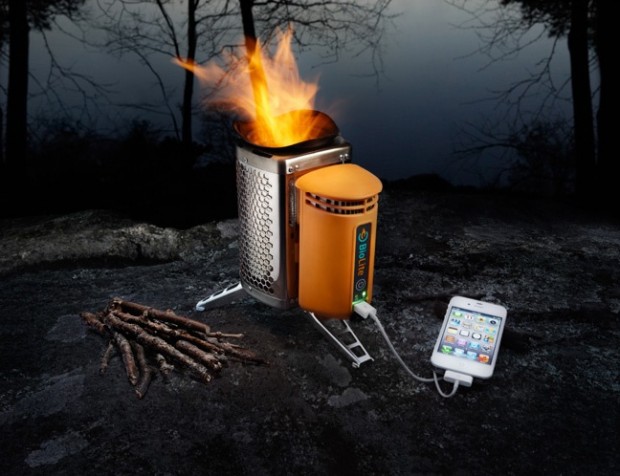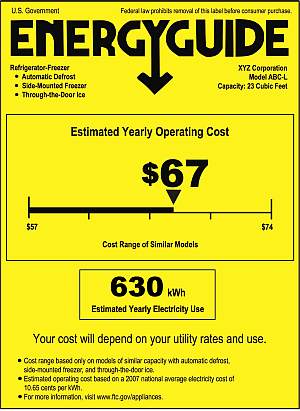Printing is a really wasteful process. The obvious waste is paper, ink, and of course money. The less obvious waste is the carbon footprint of printers and making paper/ink.
The internet is a notorious waste of paper. One could argue there’s no need for printing online content since you could easily save it either as text, the entire page, or print to a PDF file (my personal preference). The main source of waste is due to the design of the page resulting in sometimes several useless pages and 1 page of useful content. The rest of them simply go in the recycling bin, or worse the trash. Some clever users preview first and only print the pages they want. Most just print.
There are a few software products out there that try and reduce the amount of wasted printing such as GreenPrint, though it requires installation, companies hate buying site licenses for this type of stuff, etc. Personally I think they are a pain and prefer to do it myself.
If every site were to include a printable stylesheet, the number of wasted pages would drop dramatically.
Without a printable stylesheet a short post on this blog would take 3 pages to print out, 2 of which were worthless navigational elements. The pages are also awkward to read. With a printable stylesheet the output not only looks nicer but is reduced to 1. That saves ink, paper and sanity.
Separate printable pages suck. They are so 1999. Nobody goes there anymore and they often drop content such as images which you may want to have.
When you look at some of GreenPrint’s statistics you can’t help but wonder how much would be saved if more sites had printable stylesheets that tried to reduce the amount of unnecessary printing is done. I’d guesstimate just getting rid of some useless design elements in printable output could likely reduce the amount of ink consumed by 30-50%.
For developers looking to get started A List Apart has a great tutorial on them. Most developers know how to do it, but printable stylesheets become an afterthought in the development process.


 Most appliances sold in the US are now required to ship with the infamous
Most appliances sold in the US are now required to ship with the infamous